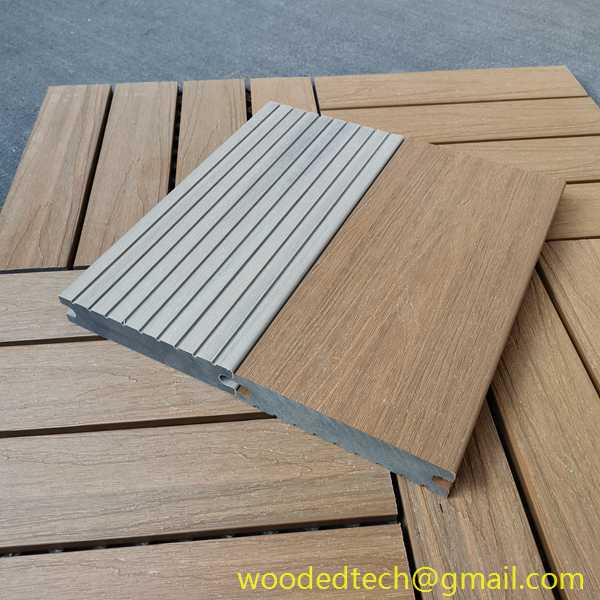Overview of WPC Fluted Wall Panels from a Market Perspective
In recent years, the construction and interior design industries have witnessed a significant shift towards sustainable and innovative building materials. One such product that has gained substantial traction is the Wood Plastic Composite (WPC) fluted wall panel. This overview will delve into the market aspects of WPC fluted wall panels, exploring their features, benefits, applications, and market trends.
What Are WPC Fluted Wall Panels?

WPC fluted wall panels are composite materials made from a blend of wood fibers, plastic, and additives. The unique fluted design not only enhances their aesthetic appeal but also provides functional benefits, such as improved structural integrity and ease of installation. These panels are available in various colors, textures, and finishes, making them versatile for different design preferences.
Market Demand and Trends
The demand for WPC fluted wall panels has surged due to the rising awareness of sustainable materials in construction. As consumers become more environmentally conscious, there is an increasing preference for products that reduce carbon footprints. WPC panels fit this criterion as they utilize recycled wood and plastic, thus promoting a circular economy.
Moreover, the trend toward biophilic design—an approach that aims to connect people with nature—has led to a higher demand for natural-looking materials. WPC panels replicate the appearance of wood while being more durable and resistant to weathering, making them an appealing choice for architects and designers.
Benefits of WPC Fluted Wall Panels 
1. Sustainability: WPC panels are manufactured from recycled materials, making them an eco-friendly option. They contribute to reducing waste and minimizing the use of virgin resources.
2. Durability: Unlike traditional wood, WPC panels are resistant to moisture, rot, and insects. This durability extends their lifespan, making them a cost-effective option in the long run.
3. Low Maintenance: One of the significant advantages of WPC panels is their low maintenance requirements. They do not require regular staining, painting, or sealing, which can be a significant cost-saving over time.
4. Aesthetic Versatility: The availability of various colors, textures, and designs allows for a wide range of applications, from residential homes to commercial spaces. The fluted design offers a contemporary look that can enhance any interior or exterior setting.
5. Ease of Installation: WPC fluted wall panels are designed for easy installation. They can be cut, shaped, and fixed with standard tools, reducing labor costs and installation time.
Applications
WPC fluted wall panels find application in various sectors, including:
Residential Construction: Homeowners are increasingly opting for WPC panels for interior walls, accent walls, and exterior cladding due to their aesthetic appeal and durability.
Commercial Spaces: Retail stores, offices, and restaurants utilize WPC panels for creating modern and inviting interiors. Their resistance to wear and tear makes them ideal for high-traffic areas.
Public Infrastructure: Government buildings, schools, and hospitals are incorporating WPC panels for their sustainability and low maintenance, aligning with green building certifications.
Competitive Landscape
The market for WPC fluted wall panels is becoming increasingly competitive, with numerous manufacturers and suppliers emerging worldwide. Key players are focusing on innovation, product differentiation, and sustainability to capture market share. Collaborations with architects and designers are also common, as they seek to understand market needs and tailor products accordingly.
Future Outlook
The future of WPC fluted wall panels looks promising, driven by the growing trend towards sustainability and eco-friendly building materials. As regulatory frameworks become more stringent regarding environmental impact, the demand for WPC products is likely to increase. Moreover, advancements in technology may lead to the development of even more durable and aesthetically pleasing panels, further enhancing their market appeal.
In conclusion, WPC fluted wall panels represent a significant evolution in building materials, combining sustainability, durability, and aesthetic appeal. As the market continues to grow, these panels are poised to become a staple in both residential and commercial construction, making them a vital component of the future built environment. With their numerous advantages and broad applications, WPC fluted wall panels are not just a trend but a long-term solution for modern architecture and design.







